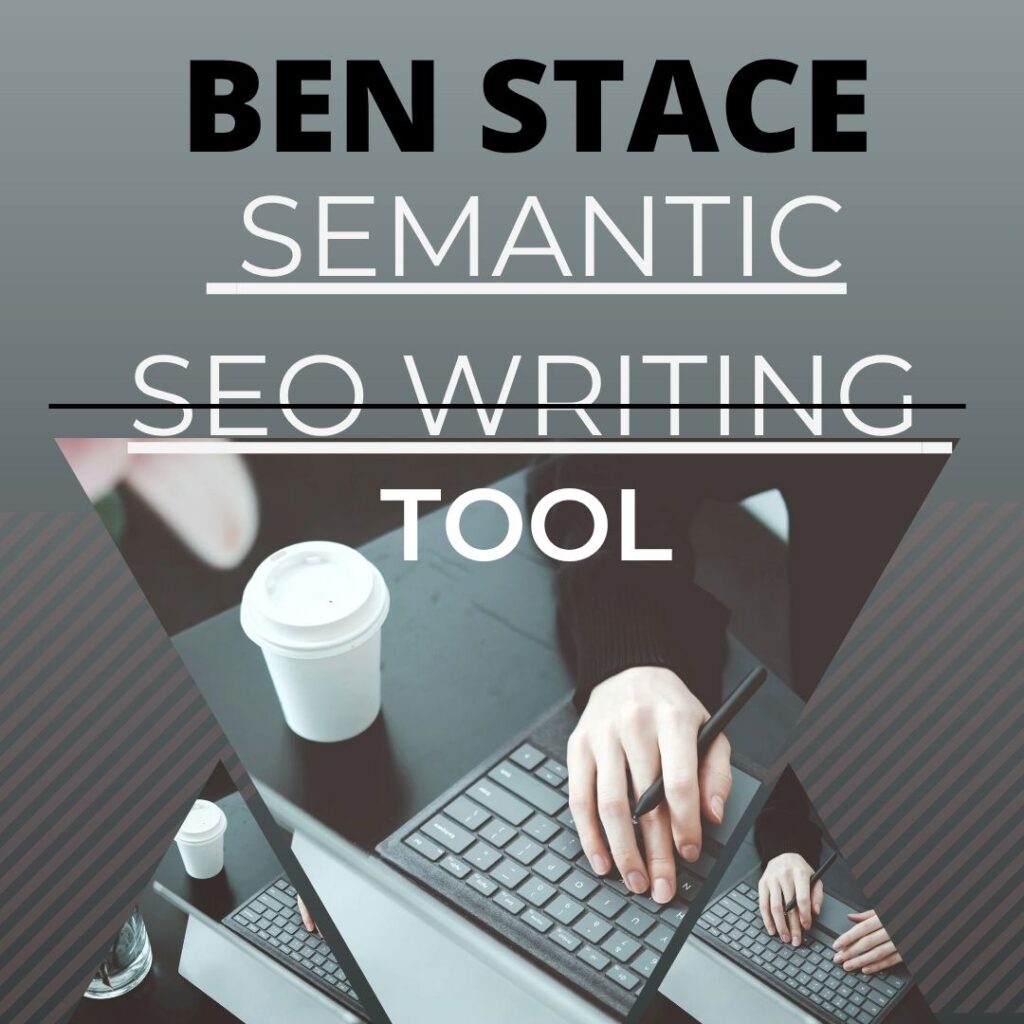In the evolving landscape of search engine optimization, traditional keyword-centric tactics are losing their edge. Google’s algorithms now emphasize context, meaning, and user intent more than ever. That’s where semantic SEO comes in and the Ben Stace Semantic SEO Writing Tool is one of the emerging platforms designed to help content creators stay competitive.
What Is Semantic SEO?
Semantic SEO is about optimizing content for meaning and relationships, not just keyword density. It uses entity recognition, topic clustering, and natural language processing (NLP) to help search engines better understand the deeper connections in your content. Rather than treating each keyword in isolation, semantic SEO aims to build content that shows topical authority and relevance.
Who Is Ben Stace And What’s His Tool?
Ben Stace is an SEO consultant and strategist known for his approach to topical mapping and content architecture. Many writeups credit him with developing or endorsing tools that help writers and marketers build content around semantically connected themes.
The Ben Stace Semantic SEO Writing Tool is positioned as a writing/optimization platform that goes beyond keyword suggestions. According to various reviews and blogs, its functions include:
- Identifying semantic or related terms and entities you should include in your content.
- Generating topic maps or content clusters so your content is structured around main ideas and subtopics.
- Analyzing competitor content and showing “semantic gaps” ideas, entities or angles your rivals cover but you do not.
- Offering inline suggestions or real-time alerts to improve semantic richness and intent alignment.
In short, this tool is designed to help writers produce content that appeals to both users and search engines, in line with how modern ranking algorithms work.

Why This Approach Matters More Today
Google’s updates such as BERT, MUM, and “intent modeling” emphasize that matching keywords is only half the battle. They want content that answers user queries in context, demonstrates expertise, and covers topics thoroughly. Ben Stace Semantic SEO Writing Tool SEO helps with:
- Topical authority: By covering a full cluster of related subtopics, your content signals depth and expertise.
- Intent alignment: The content better matches what users are searching for, be it informational, navigational, or transactional.
- Avoiding over-optimization: Instead of repeating a keyword, you use synonyms, related phrases, and entity mentions, avoiding penalization for “keyword stuffing.”
- Better visibility in SERP features: Rich snippets, “People Also Ask,” knowledge graph, and similar features often favor content that’s semantically rich.
Ben Stace’s method is consistent with these trends. Blogs describing his approach emphasize identifying “entities,” building topic maps, and doing competitor semantic gap analysis.
How to Use the Tool (Hypothetical Workflow)
While official documentation is limited, based on user reports and tool descriptions, here is a likely workflow:
- Choose a core topic / primary keyword
You start with your main idea (e.g. “digital marketing strategy”). - Run semantic analysis / competitor scan
The tool fetches top-ranking pages and identifies which related entities or subtopics they include that you don’t. - Build a content outline / cluster map
It suggests headings, subheadings, question prompts, and related concepts to cover. - Write your draft with suggestions
As you write, the tool flags missing entity mentions, weak sections, or opportunities to add relevant context. - Optimize on-page & structure
Incorporate semantic internal links, schema markup if needed, natural variations of phrases, and internal cluster linking. - Review and refine
The tool gives a content score or completeness measure to help you see gaps before publishing. - Monitor & update
Over time, refresh your content based on new entity trends or changing user intent.

Benefits & Limitations
Benefits:
- Helps you go beyond superficial SEO and build content with depth and meaning.
- Makes it easier to compete with top-performing pages by revealing what they cover.
- Saves time in research and structuring by automating cluster suggestions.
- Encourages writing that’s reader-friendly and algorithm-friendly.
Limitations / Cautions:
- It’s a tool human insight, voice, and domain expertise still matter.
- Overreliance on suggestions may make content sound mechanical.
- In niche topics, the tool’s semantic database may have gaps.
- You must also ensure technical SEO, UX, and backlink signals are addressed — a writing tool alone won’t guarantee rankings.
Conclusion
The Ben Stace Semantic SEO Writing Tool represents a new generation of SEO tools built for meaning, intent, and topical depth. By guiding writers to include entity relationships, topic clusters, and natural phrasing, it helps align content with how modern search engines understand text. While it’s no silver bullet, it can be a powerful ally in building content that performs both for audiences and algorithms.
